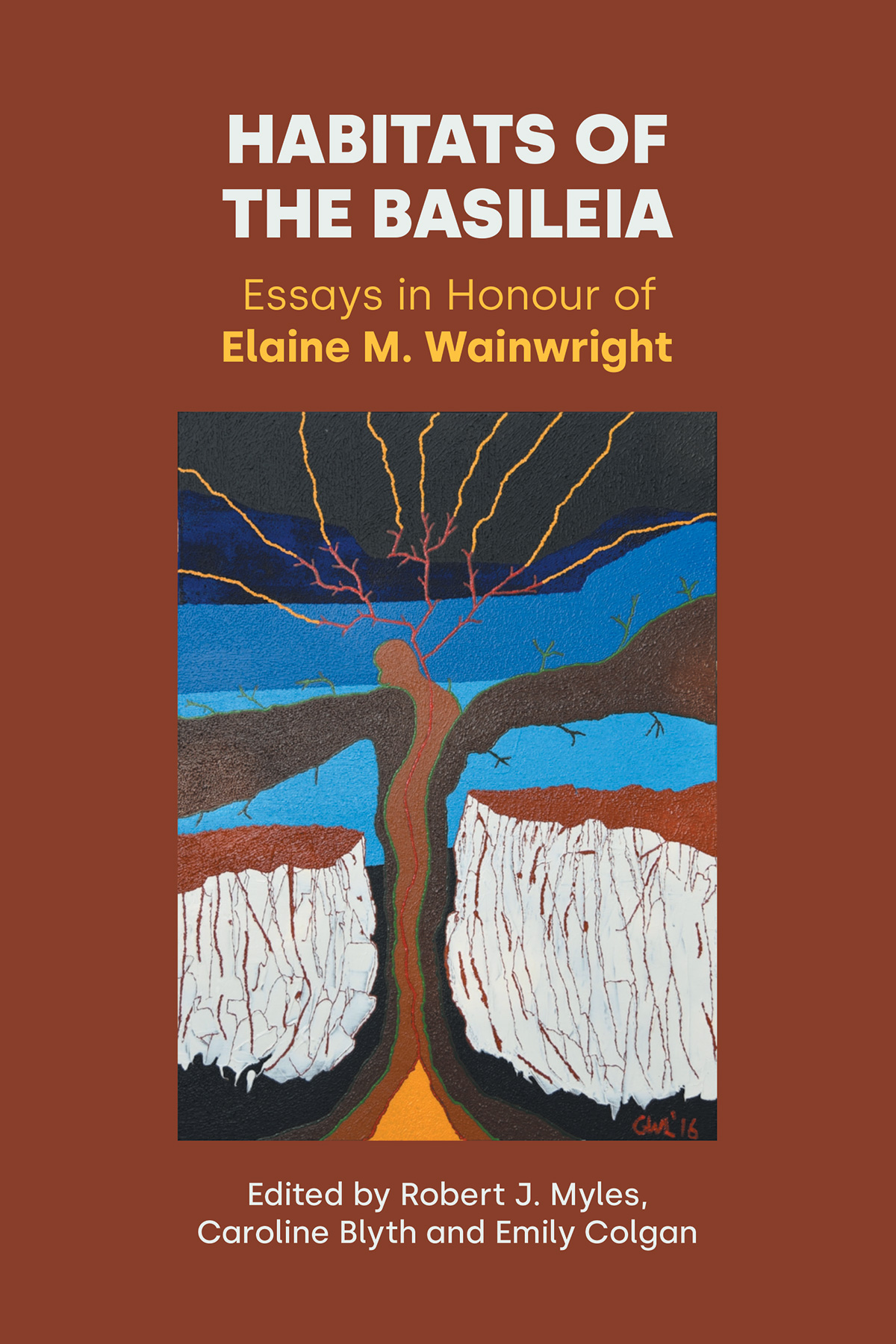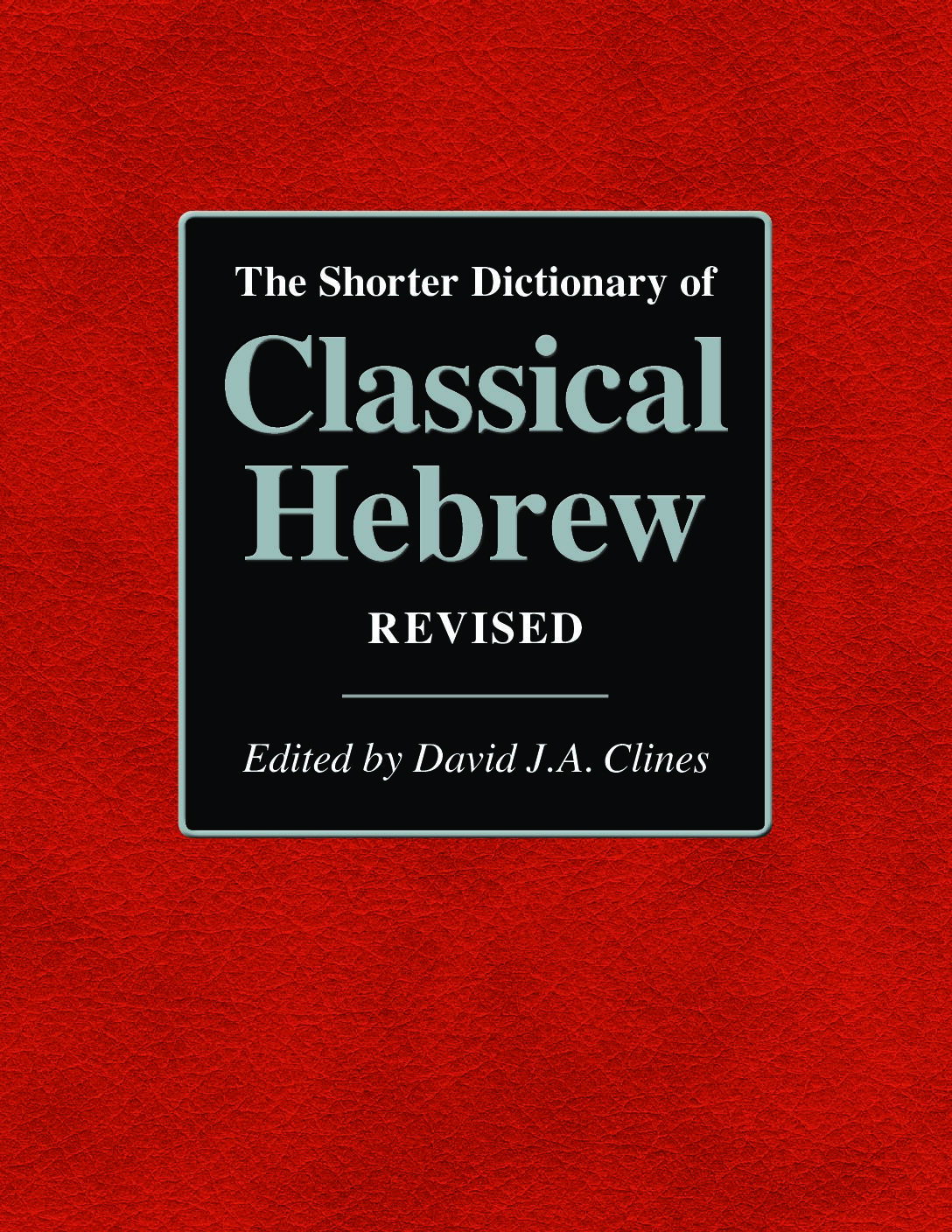Best Selling Books
The Great Lady: Restoring Her Story
Published: Apr 2023
£85.00
In this, the eighteenth of Margaret Barker’s sequence of works on Temple Theology, she returns to give further and fuller attention to the figure of the Great Lady. Barker surveys the Hebrew Bible, Dead Sea Scrolls, New Testament and non- canonical texts from both Jewish and Christian traditions—and undertakes a re-telling of the story of the Great Lady’s shadowy but enduring presence in community memory and later writings.
This extensive volume has three parts:
The Great Lady in the first temple, revered as the heavenly Mother of the Davidic kings until King Josiah’s purge in 623BCE.
The Great Lady in the Book of Revelation, present in her ancient symbols and the hopes of her prophets, which Jesus knew.
The Great Lady hidden in the teaching of Jesus and stories about him, explaining why she was so important in the world of the early Church.
This close study of the Great Lady shows new significance in the words of the Hebrew prophets and the Qumran texts, and offers a new context for early Christian writings and so-called Gnostic texts. Barker shows how the first Christians brought the Great Lady back to their Temple Theology. She proposes that in this community Jesus her Son was the expected MelchiZedek and great high priest, and Mary of Nazareth was honoured as the Mother of God.
The Great Lady: Restoring Her Story
£85.00
In this, the eighteenth of Margaret Barker’s sequence of works on Temple Theology, she returns to give further and fuller attention to the figure of the Great Lady. Barker surveys the Hebrew Bible, Dead Sea Scrolls, New Testament and non- canonical texts from both Jewish and Christian traditions—and undertakes a re-telling of the story of the Great Lady’s shadowy but enduring presence in community memory and later writings.
This extensive volume has three parts:
The Great Lady in the first temple, revered as the heavenly Mother of the Davidic kings until King Josiah’s purge in 623BCE.
The Great Lady in the Book of Revelation, present in her ancient symbols and the hopes of her prophets, which Jesus knew.
The Great Lady hidden in the teaching of Jesus and stories about him, explaining why she was so important in the world of the early Church.
This close study of the Great Lady shows new significance in the words of the Hebrew prophets and the Qumran texts, and offers a new context for early Christian writings and so-called Gnostic texts. Barker shows how the first Christians brought the Great Lady back to their Temple Theology. She proposes that in this community Jesus her Son was the expected MelchiZedek and great high priest, and Mary of Nazareth was honoured as the Mother of God.
Habitats of the Basileia: Essays in Honour of Elaine M. Wainwright
Published: Jan 2024
£65.00
Habitats of the Basileia brings together some of the current and important work in biblical studies and theology, which takes seriously the demands and possibilities of applying contextual, feminist, decolonial, and ecological approaches to the critical study of the Bible and religion. The volume is inspired by the engaging work of Elaine M. Wainwright RSM; and invites us to imagine what thriving conditions and communities of the human and more-than-human might look like across multiple contexts.
- What did it mean for those living in biblical times, or for the early Jesus movement who proclaimed an alternative basileia or kingdom against the backdrop of Roman imperial power?
- What does it mean for various communities today, as we seek to understand and re-imagine what thriving conditions might look like in our own complex and often rapidly changing environments?
Written by a diverse range of biblical, theological, and religious studies scholars, the chapters in this volume collectively argue for and demonstrate the importance of context and being attuned to social location in the production of biblical and theological scholarship.
The essays are divided into three categories: the first seven chapters deal with the Gospel of Matthew, given the importance of this book to Elaine’s work. The next nine chapters explore biblical texts beyond Matthew through various lenses including those of gender, colonialism, the environment, animal studies, contextual hermeneutics, and class. The final three chapters are concerned with the legacies of both Elaine’s lifework and the broader avenues in current biblical research that have been nurtured and influenced through her efforts.
Habitats of the Basileia: Essays in Honour of Elaine M. Wainwright
£65.00
Habitats of the Basileia brings together some of the current and important work in biblical studies and theology, which takes seriously the demands and possibilities of applying contextual, feminist, decolonial, and ecological approaches to the critical study of the Bible and religion. The volume is inspired by the engaging work of Elaine M. Wainwright RSM; and invites us to imagine what thriving conditions and communities of the human and more-than-human might look like across multiple contexts.
- What did it mean for those living in biblical times, or for the early Jesus movement who proclaimed an alternative basileia or kingdom against the backdrop of Roman imperial power?
- What does it mean for various communities today, as we seek to understand and re-imagine what thriving conditions might look like in our own complex and often rapidly changing environments?
Written by a diverse range of biblical, theological, and religious studies scholars, the chapters in this volume collectively argue for and demonstrate the importance of context and being attuned to social location in the production of biblical and theological scholarship.
The essays are divided into three categories: the first seven chapters deal with the Gospel of Matthew, given the importance of this book to Elaine’s work. The next nine chapters explore biblical texts beyond Matthew through various lenses including those of gender, colonialism, the environment, animal studies, contextual hermeneutics, and class. The final three chapters are concerned with the legacies of both Elaine’s lifework and the broader avenues in current biblical research that have been nurtured and influenced through her efforts.
The Shorter Dictionary of Classical Hebrew Revised
Published: Nov 2024
£250.00
The Shorter Dictionary of Classical Hebrew Revised (2024) is a single volume desk dictionary abridgement of The Dictionary of Classical Hebrew Revised (DCHR) (2018–2028). The Shorter Dictionary is over 825,000 words in length, placing into a single volume 1/6th of the material of the complete DCHR (over 5 million words), and is designed to be a replacement for BDB (the standard 1906 English lexicon of Hebrew).
The Shorter Dictionary contains more than 6,420 Hebrew words not in BDB, and refers to many newly published texts, including 540 Dead Sea Scrolls and 4,000 ancient Hebrew inscriptions, making it the most thorough Hebrew dictionary ever produced.
Every Hebrew word in The Shorter Dictionary is followed immediately by an English translation (except for the variant forms of a word and the byforms), so that The Shorter Dictionary can be easily understood by a person with little or no Hebrew.
Further features of the dictionary include:
–Scope—The Shorter Dictionary includes not only Biblical Hebrew but also all Classical Hebrew (pre-200 ce), i .e . Ben Sira, Dead Sea Scrolls, inscriptions.
–Syntagmatic analysis—shows examples of subjects and objects of verbs, those of which a noun is subject or object, etc.
–Occurrence statistics—for each word in the four corpora of Classical Hebrew: Hebrew Bible, Ben Sira, Dead Sea Scrolls, Inscriptions—and for each voice (binyan) of a verb.
–Parallels and oppositions. Shows all words used in parallel or opposition in texts.
–A notation of: 4,285 byforms (words with the same meaning and similar form) identified for the first time; 717 verbal nouns (nouns derived from a verb) -with their own articles (not previously shown in Hebrew lexica); 345 denominative verbs (verbs derived from a noun); and the semantic field to which every word belongs (a totally new feature for Hebrew dictionaries).
–An abbreviated version of DCHR’s extensive bibliographies is provided in The Shorter Dictionary.
Not only is The Shorter Dictionary three times longer than The Concise Dictionary of Classical Hebrew (2009)—also The Concise Dictionary is an abbreviation of the original Dictionary of Classical Hebrew (1993–2016), whereas The Shorter Dictionary of Classical Hebrew Revised contains the improved and expanded approach of DCHR (2018–2028).
The Shorter Dictionary (2024) has always planned to be released during the longer period of publication for the 9 volumes of DCHR. From 2019 to 2022 David J.A. Clines, prior to his final illnesses and death:
–completed every necessary editorial task for the future volumes;
–oversaw the preparation of and collation of most materials;
–and provided the means by which the project Research Associate, David Stec, could collate The Shorter Dictionary as well as bring the remaining DCHR volumes to publication.
List price: £250 / $400 / €300
Scholars' price: £125 / $200 / €150 (use code 'scholar' at checkout)
DCHR 1–9 Subscribers' price: £100 / $160 / €120 (email: phoenix.bibs@sheffield.ac.uk for further information)
The Shorter Dictionary of Classical Hebrew Revised
£250.00
The Shorter Dictionary of Classical Hebrew Revised (2024) is a single volume desk dictionary abridgement of The Dictionary of Classical Hebrew Revised (DCHR) (2018–2028). The Shorter Dictionary is over 825,000 words in length, placing into a single volume 1/6th of the material of the complete DCHR (over 5 million words), and is designed to be a replacement for BDB (the standard 1906 English lexicon of Hebrew).
The Shorter Dictionary contains more than 6,420 Hebrew words not in BDB, and refers to many newly published texts, including 540 Dead Sea Scrolls and 4,000 ancient Hebrew inscriptions, making it the most thorough Hebrew dictionary ever produced.
Every Hebrew word in The Shorter Dictionary is followed immediately by an English translation (except for the variant forms of a word and the byforms), so that The Shorter Dictionary can be easily understood by a person with little or no Hebrew.
Further features of the dictionary include:
–Scope—The Shorter Dictionary includes not only Biblical Hebrew but also all Classical Hebrew (pre-200 ce), i .e . Ben Sira, Dead Sea Scrolls, inscriptions.
–Syntagmatic analysis—shows examples of subjects and objects of verbs, those of which a noun is subject or object, etc.
–Occurrence statistics—for each word in the four corpora of Classical Hebrew: Hebrew Bible, Ben Sira, Dead Sea Scrolls, Inscriptions—and for each voice (binyan) of a verb.
–Parallels and oppositions. Shows all words used in parallel or opposition in texts.
–A notation of: 4,285 byforms (words with the same meaning and similar form) identified for the first time; 717 verbal nouns (nouns derived from a verb) -with their own articles (not previously shown in Hebrew lexica); 345 denominative verbs (verbs derived from a noun); and the semantic field to which every word belongs (a totally new feature for Hebrew dictionaries).
–An abbreviated version of DCHR’s extensive bibliographies is provided in The Shorter Dictionary.
Not only is The Shorter Dictionary three times longer than The Concise Dictionary of Classical Hebrew (2009)—also The Concise Dictionary is an abbreviation of the original Dictionary of Classical Hebrew (1993–2016), whereas The Shorter Dictionary of Classical Hebrew Revised contains the improved and expanded approach of DCHR (2018–2028).
The Shorter Dictionary (2024) has always planned to be released during the longer period of publication for the 9 volumes of DCHR. From 2019 to 2022 David J.A. Clines, prior to his final illnesses and death:
–completed every necessary editorial task for the future volumes;
–oversaw the preparation of and collation of most materials;
–and provided the means by which the project Research Associate, David Stec, could collate The Shorter Dictionary as well as bring the remaining DCHR volumes to publication.
List price: £250 / $400 / €300
Scholars' price: £125 / $200 / €150 (use code 'scholar' at checkout)
DCHR 1–9 Subscribers' price: £100 / $160 / €120 (email: phoenix.bibs@sheffield.ac.uk for further information)




Judges: Once Upon a Time in Israel
Judges: Once Upon a Time in Israel